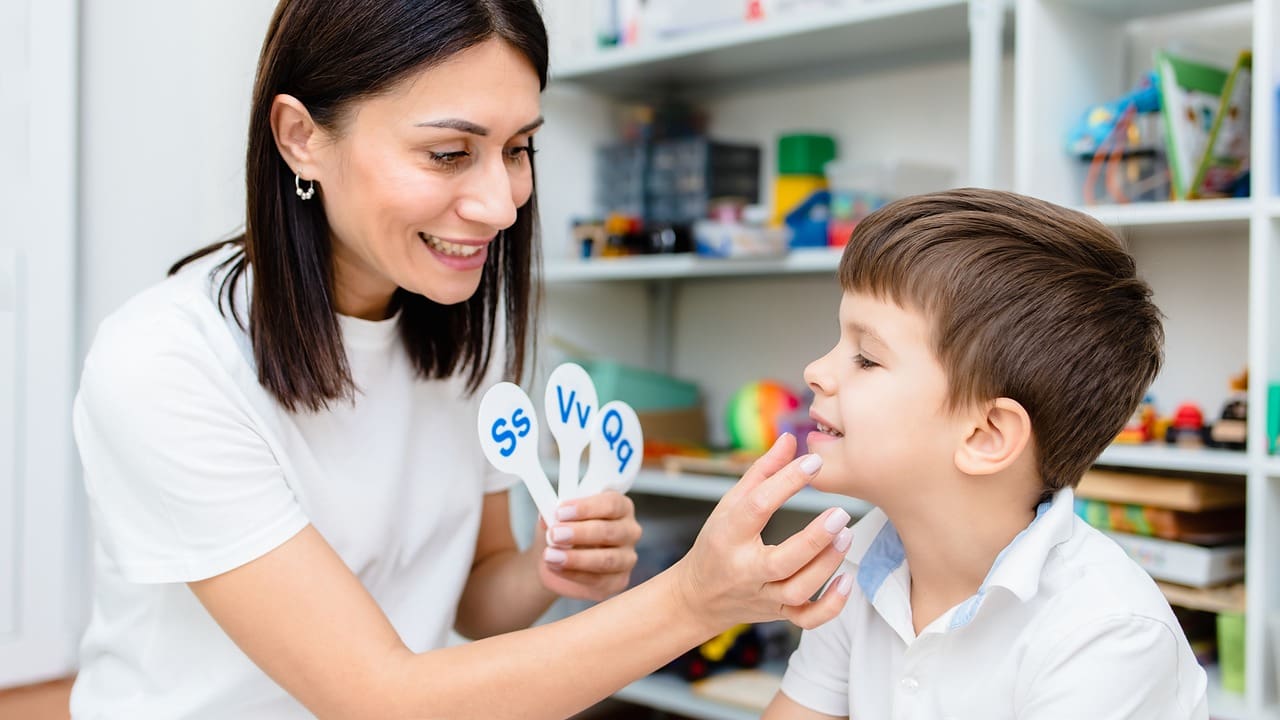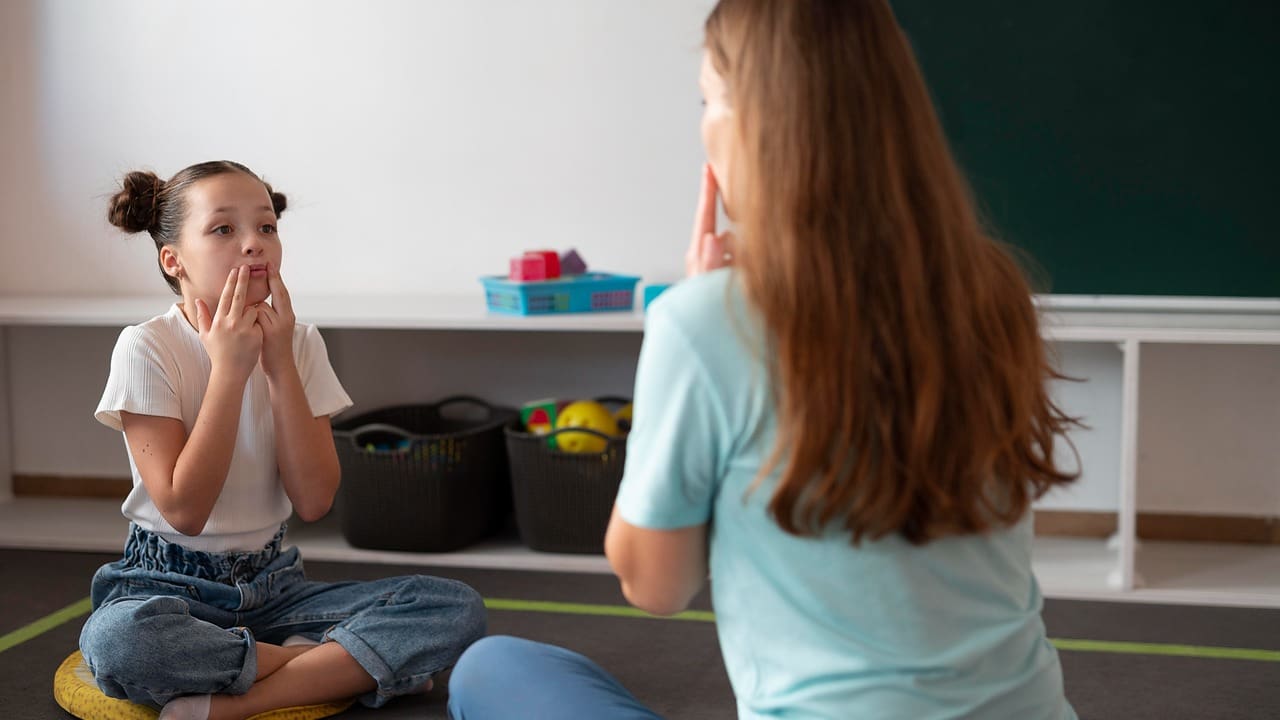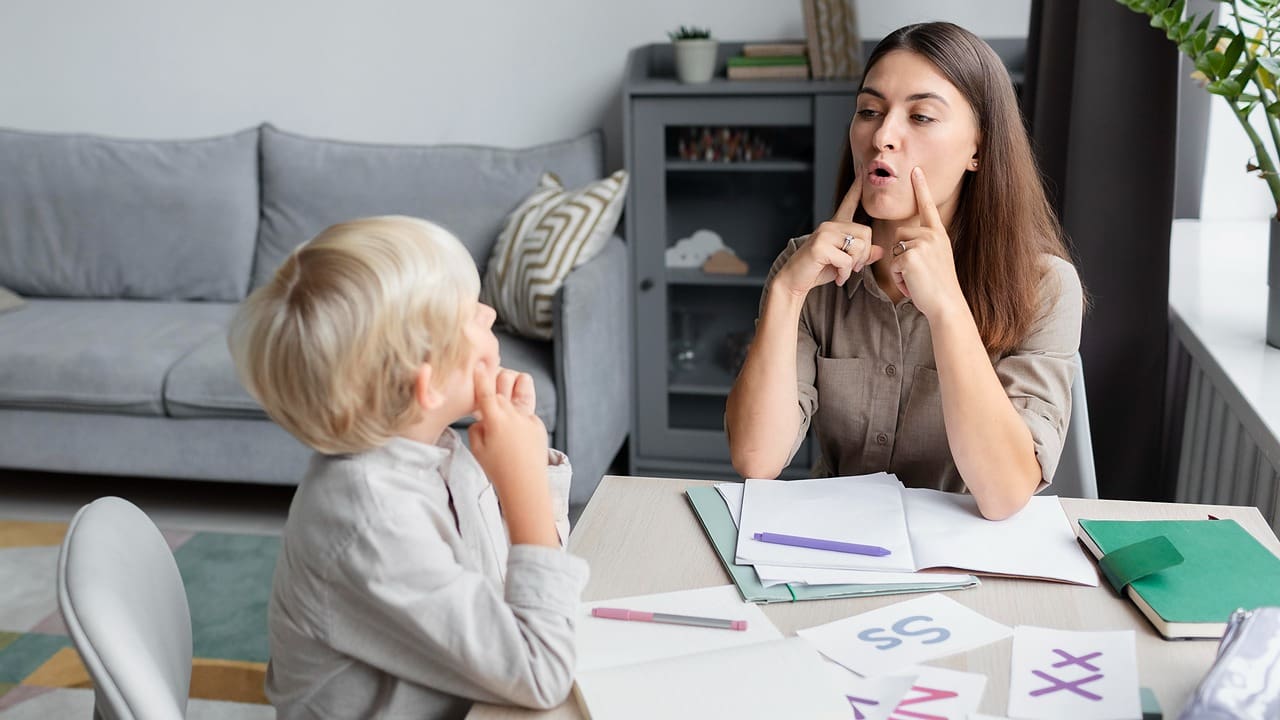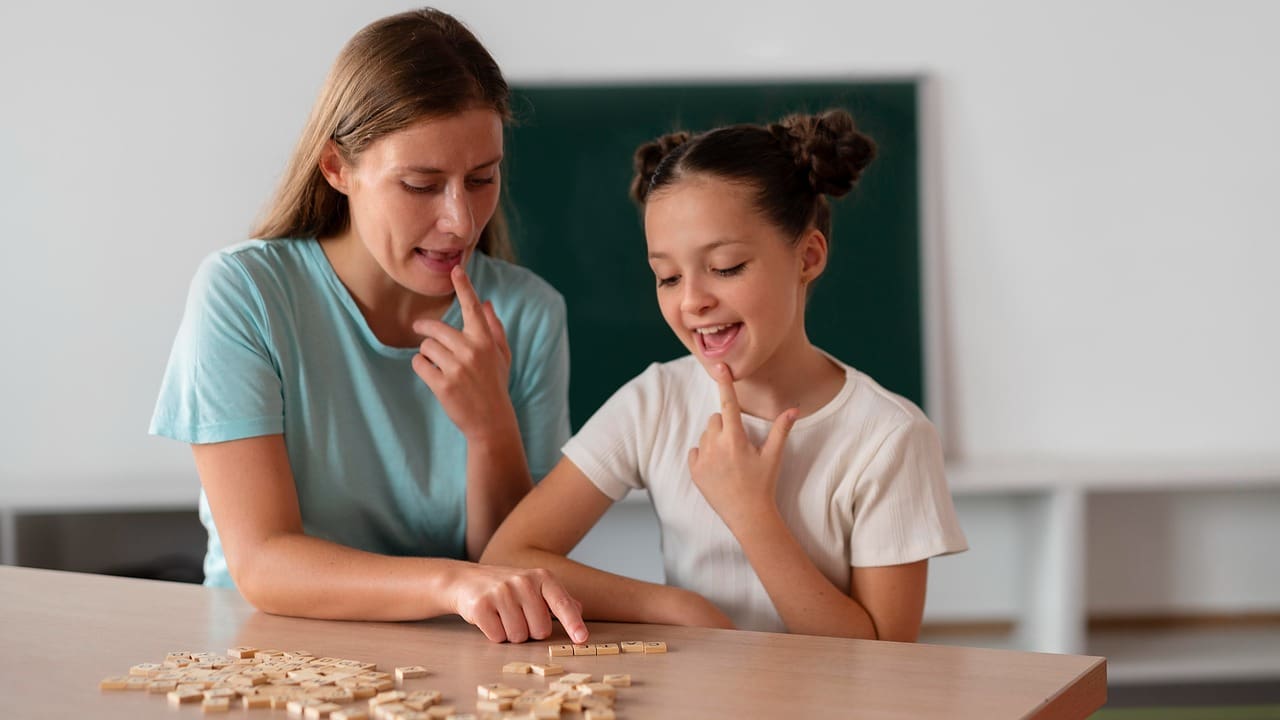Private Speech and Language Therapy: Services and What to Expect
Private speech and language therapy lets you choose flexible times, the right level of support, and direct access to specialists. Most clinics clearly list their services so you know what to expect and how your progress will be tracked.
Typical services:
• Comprehensive evaluation and a clear written plan
• One to one sessions in the clinic or via secure teletherapy
• Customized home programs with worksheets, visuals, or app guides
• Caregiver training and regular progress reviews
Preparing for your first visit:
• Bring prior reports and relevant medical information.
• List priority situations (e.g., phone calls, ordering food, classroom routines)
• Share examples of breakdowns and what success would look like for you.
Speech and Language Therapy Assessments and SMART Goals: From Baseline to Progress
Assessments use both formal tests and real life observation to show your true abilities, not just test results. Your clinician will explain what they find in simple terms and link it to goals that matter to you.
Common assessment components:
- Case history interview and functional priorities
- Speech sound inventory and intelligibility estimates
- Language comprehension and expression tasks
- Pragmatics (social use of language) in natural conversation
- Voice quality, pitch, loudness, and stamina
- Fluency, frequency, and severity measures
- Cognitive communication screening
- Clinical swallowing evaluation; instrumental referrals when indicated by your medical team
SMART goals guide therapy:
- Specific and functional (e.g., “Order coffee clearly and independently”)
- Measurable (“80% success across two sessions”)
- Achievable and relevant (aligned with your daily life)
- Time‑bound (e.g., “within 12 weeks”)
Progress documentation:
- Session summaries (SOAP notes), periodic re‑assessment, and plan updates
- Clear data so you see what’s improving and what’s next.
Tools, Materials, and Games for Speech and Language Therapy: What Clinicians Use and Why
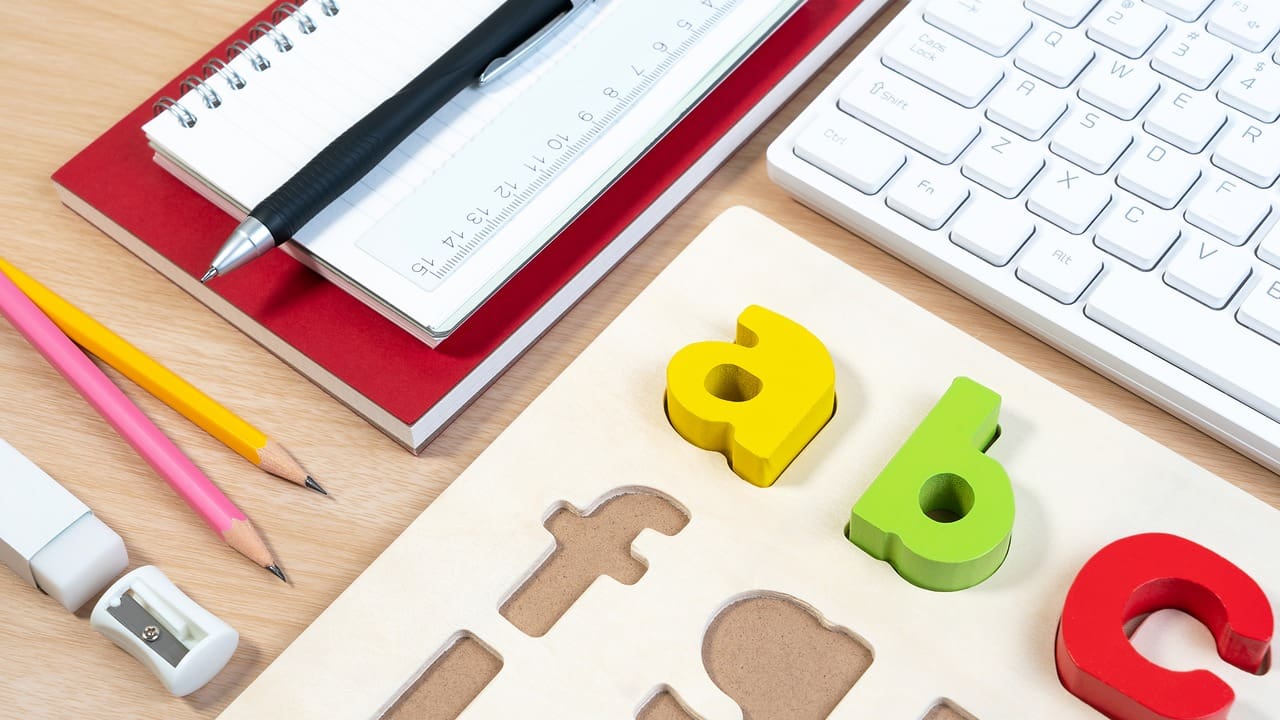
Therapists pick materials that are fun, useful, and fit your goals. The right tools make practice feel like play, which helps you use new skills in everyday life.
Common materials:
- Picture cards and photo scenes for vocabulary, categories, and conversation starters
- Worksheets for grammar, sequencing, and following directions
- Board and card games that naturally prompt turn‑taking and strategy language
- Toys and play sets for pretend play and narratives
- Apps and software for articulation practice, pacing, and language drills
- Visual supports like schedules, first‑then boards, and social stories
Why it works:
- Visuals reduce processing load and scaffold success.
- Play and meaningful tasks drive engagement and generalization.
- Variety sustains motivation while still targeting the same skill.
AAC in Speech and Language Therapy: When Alternative and Augmentative Communication Helps
Augmentative and Alternative Communication (AAC) includes everything from gestures and picture boards to advanced speech generating apps. AAC gives people more ways to communicate now and often helps spoken language develop over time.
When to consider AAC:
- Speech is limited, unclear, or effortful.
- Frequent communication breakdowns or frustration
- A temporary bridge is needed while speech develops.
- Motor, vision, or hearing needs require tailored access features.
Getting started:
- Try different systems with your clinician.
- Personalize core vocabulary and quick phrases for daily life
- Train communication partners to prompt, pause, and respond consistently
- Monitor and adjust the system as skills grow.
For more information about our academic and training initiatives, visit Liv Hospital Academy .
Frequently Asked Questions for Speech and Language Therapy
What are assessment procedures in speech and language therapy?
Interview, observation, standardized, and informal tasks across speech, language, voice, fluency, cognition, and swallowing to build a targeted plan with SMART goals.
What to expect from speech and language therapy at home?
Practical strategies woven into routines, plus brief, focused practice with worksheets or apps tailored to your goals.
How much does speech and language therapy cost?
Costs vary by location, clinician experience, and session length. Clinics often provide transparent pricing and documentation for reimbursement when applicable.
How long does speech and language therapy take?
Timelines vary by goals and diagnosis. Some skills improve in weeks; others require months. Your clinician will outline an expected plan and milestones.
What is SALT (speech and language therapy)?
SALT is a common abbreviation for speech and language therapy and refers to the same comprehensive service.
How does speech and language therapy help children?
Play‑based sessions, visual supports, and caregiver coaching build vocabulary, grammar, speech sounds, social communication, and confidence.
What happens at the first appointment?
A discussion of your concerns and history, targeted assessments, and a clear plan with session frequency, goals, and home strategies.
What can speech and language therapy help with?
Clearer speech, stronger language comprehension and expression, smoother conversations, safer swallowing, improved confidence, and reduced communication breakdowns.
Who needs speech and language therapy?
Children and adults who have difficulty with speech clarity, language understanding or expression, social communication, stuttering, voice, memory, and attention for communication, or safe swallowing.
How does speech and language therapy work?
You receive a thorough evaluation, a personalized plan with functional goals, targeted sessions, simple home practice, and regular progress reviews with measurable data.
What is speech and language therapy?
Speech and language therapy is healthcare for communication and swallowing. It assesses needs and provides treatment for speech sounds, language, voice, stuttering, social communication, cognitive communication, and swallowing, so you can participate fully in daily life.

